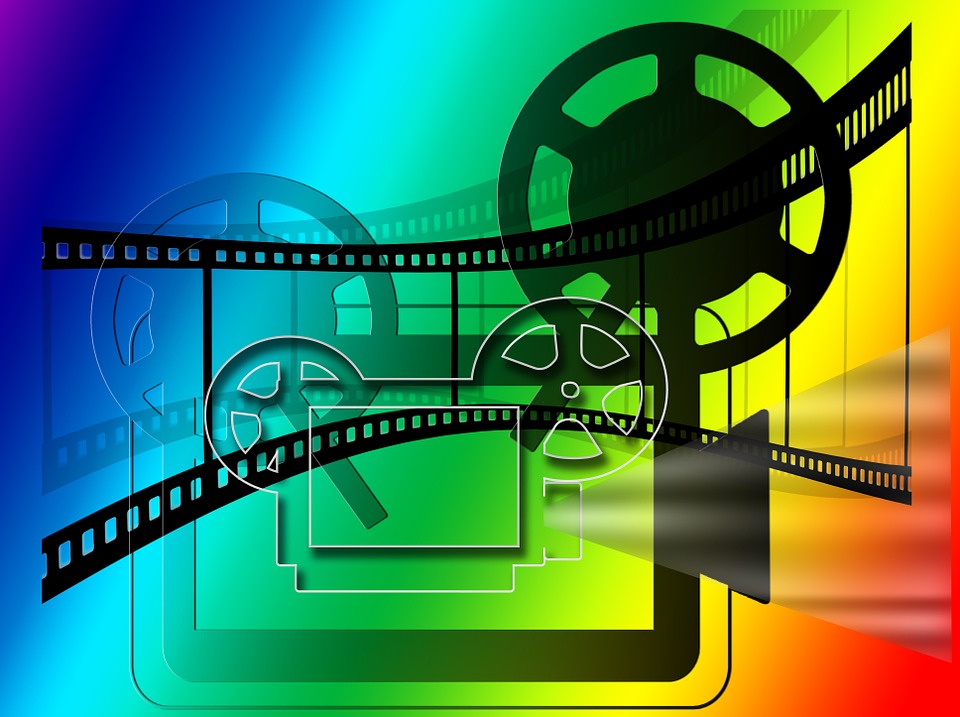 |
 |
|
Luciano Mariani, Milano, Italy |
|
 è un sito bilingue che offre schede sul linguaggio del cinema, dossier e laboratori interattivi su temi specifici, risorse e collegamenti in rete ... e molto altro! Vai alla sezione italiana |
 is a bilingual site which provides outlines of film language, dossiers and interactive workshops on specific topics, web resources, links ... and more! Go to English section |